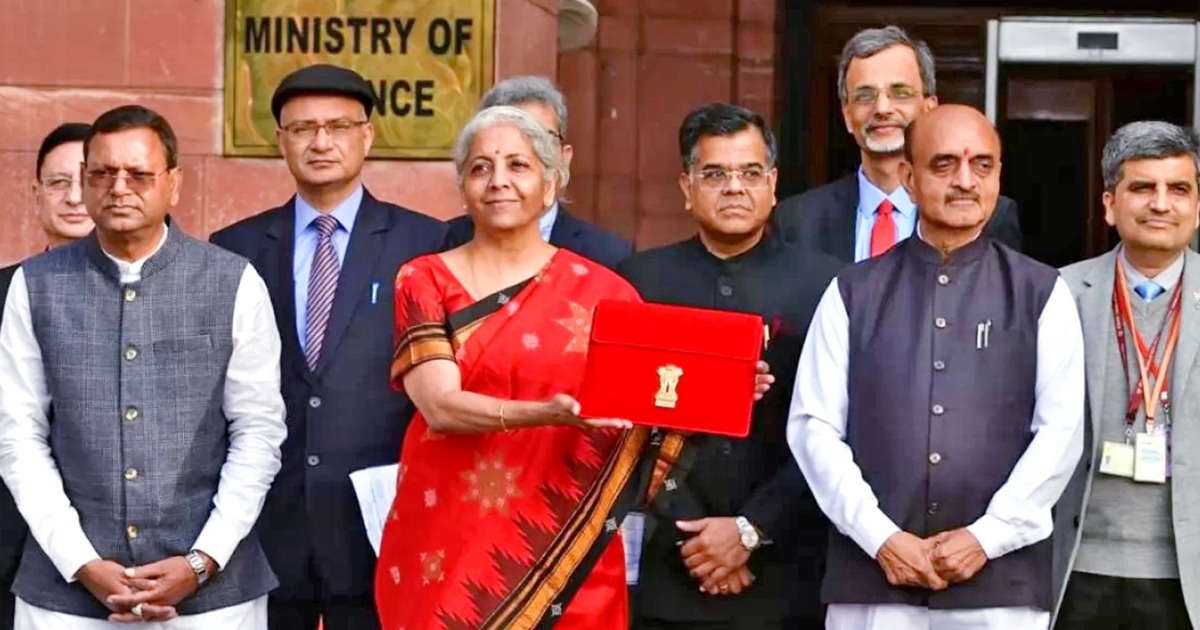The textiles ministry’s budget allocation for FY26 is likely to see a 15% increase, rising to approximately ₹5,080 crore, with a significant 33% boost for the Production Linked Incentive (PLI) scheme for textiles. This will raise the PLI allocation from ₹45 crore to ₹60 crore. The final budget announcement will be made by Finance Minister Nirmala Sitharaman on February 1, 2025, during the Union Budget 2025-26 presentation.
Launched in 2021 with a five-year outlay of ₹10,683 crore, the PLI scheme for textiles aims to promote the production of man-made fibre (MMF) apparel, MMF fabrics, and technical textile products to help the sector scale up and compete globally. The government’s focus is on encouraging domestic manufacturing, and according to an official, additional initiatives may be announced in the upcoming budget.
India is setting ambitious targets for the textiles industry, including a goal of achieving $600 billion in textile exports by 2047 and expanding the domestic market from $110 billion in 2022 to $1.8 trillion. As of April-December FY25, textiles exports stood at $26.6 billion.
However, the country continues to rely heavily on imports of advanced textiles machinery, such as auto-corners, knitting machines, and synthetic dyeing equipment. The Confederation of Indian Textile Industry (CITI) chairman, Rakesh Mehra, has suggested a 7% interest subsidy for at least 10 years to promote local machinery manufacturing. Imports of machinery for technical textiles, including spun lace, spun bond, mask production, and special fibre processing, highlight the need for domestic production capabilities to reduce dependency and enhance competitiveness.
This combination of increased funding, policy support, and long-term investments in machinery manufacturing could play a critical role in achieving India’s ambitious goals for the textile industry.
